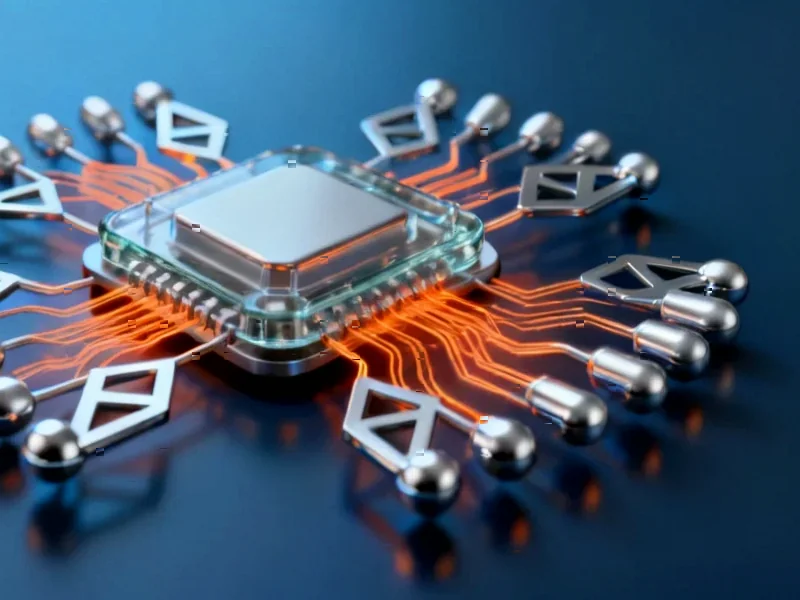According to Sifted, European robotics is experiencing a funding frenzy with €1.1 billion invested across 104 deals so far in 2024, already surpassing last year’s total by €339 million with the same number of deals. Mimic Robotics recently secured a $16 million seed round led by Elaia and Speedinvest to develop dexterous robotic hands that can perform delicate tasks like handling croissants and preparing coffee without requiring full humanoid bodies. The momentum is driven by three converging factors: significantly cheaper hardware driven by Chinese manufacturing, AI models that are orders of magnitude better than pre-ChatGPT systems, and startups accumulating massive robotics training datasets. Germany’s manufacturing sector faces a projected shortage of 5 million workers by 2030, putting $630 billion in output at risk, creating urgent demand for automation solutions. This convergence of technology and market need is creating unprecedented opportunities in European robotics.
The Hardware Cost Collapse
The dramatic reduction in robotics hardware costs represents a fundamental shift in the industry’s economics. While the source mentions Chinese-driven commoditization, the underlying story is more complex. We’re witnessing the maturation of global supply chains for critical components like harmonic drives, torque sensors, and high-precision actuators. The emergence of standardized robotic platforms has created economies of scale that were unimaginable a decade ago. This isn’t just about cheaper manufacturing—it’s about the entire hardware ecosystem maturing to the point where startups can focus on software differentiation rather than reinventing mechanical platforms. The availability of affordable, reliable hardware means robotics companies can now deploy, test, and iterate much faster, accelerating the entire innovation cycle.
The AI Architecture Breakthrough
The technical revolution in robotics AI goes far beyond simply applying large language models. The real breakthrough comes from adapting generative architectures like diffusion models to physical control tasks. Diffusion policy research represents a fundamental shift from traditional imitation learning approaches. Instead of learning direct mappings from observation to action, diffusion models generate multiple potential action sequences and refine them through iterative denoising. This creates robots that are significantly more robust to environmental changes and can recover from errors autonomously. The transformer architecture’s application to robotics through vision-language-action models creates systems that understand natural language commands while maintaining spatial reasoning capabilities—a combination that was previously elusive.
Solving the Data Bottleneck
The accumulation of robotics training data represents the most underappreciated breakthrough in the current wave. Historically, robotics suffered from what’s known as the “sim-to-real gap”—models trained in simulation performed poorly in real-world environments. The emergence of companies building massive real-world datasets, like Sereact’s Cortex model trained on what they claim is the world’s largest robotics dataset, signals a fundamental shift. We’re moving from carefully curated laboratory datasets to messy, real-world data that captures the complexity of actual industrial environments. This data abundance enables training of foundation models that can generalize across tasks and environments, much like LLMs generalize across language tasks.
Europe’s Strategic Challenge
The European robotics ecosystem faces a critical strategic dilemma that goes beyond simple funding comparisons. While US competitors like Skild AI and Physical Intelligence have raised hundreds of millions, the European challenge is more structural. European venture capital has historically favored “traction-focused” investments over pure technology bets, creating a funding gap for foundational platform companies. The recent sale of ABB’s robotics unit to SoftBank highlights a deeper issue: Europe risks becoming a technology development hub while ceding platform ownership to foreign players. Building a “Mistral of robotics” requires not just funding but strategic patience and willingness to invest in unproven platform plays—something that runs counter to Europe’s risk-averse investment culture.
The Implementation Reality Check
Despite the technical breakthroughs, the real test for European robotics will be customer adoption in industrial settings. Manufacturing environments present unique challenges that laboratory demonstrations often overlook: variable lighting conditions, electromagnetic interference, safety compliance requirements, and integration with legacy systems. The most successful companies will be those that can balance cutting-edge AI research with practical implementation expertise. Mimic’s approach of testing directly on European manufacturing assembly lines is strategically sound—it ensures their technology solves real problems rather than theoretical ones. However, the historical reluctance of European companies to be early adopters remains a significant barrier that could slow the sector’s momentum.
The Road Ahead
The convergence of affordable hardware, advanced AI, and abundant data creates conditions for exponential growth in robotics capabilities. However, the sector’s long-term success will depend on solving fundamental challenges around reliability, safety certification, and total cost of ownership. The companies that succeed will be those that can demonstrate not just technical capability but real economic value—reducing labor costs while maintaining or improving quality and flexibility. As the global manufacturing landscape reshapes due to supply chain realignment and labor shortages, European robotics has a historic opportunity to establish leadership, but only if the ecosystem can overcome its structural challenges and embrace the platform-building mindset that created giants in other technology sectors.




